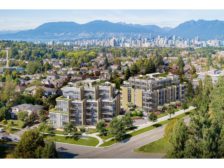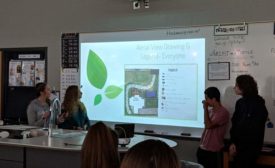Home » ASHRAE
Articles Tagged with ''ASHRAE''
Enhance your expertise with unparalleled insights.
Join thousands of building professionals today. Shouldn’t you know what they know?
SUBSCRIBE TODAY!Copyright ©2025. All Rights Reserved BNP Media.
Design, CMS, Hosting & Web Development :: ePublishing
.png?height=168&t=1740583048&width=275)
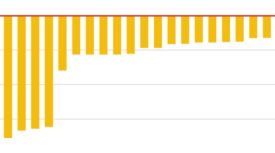
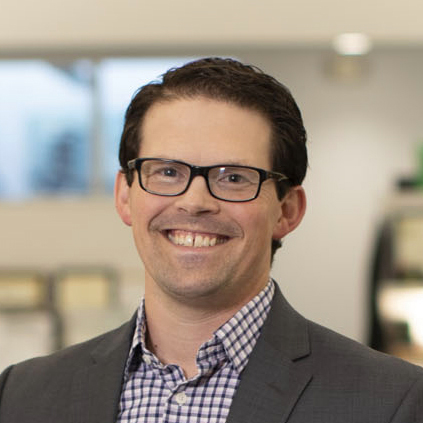
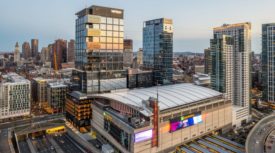

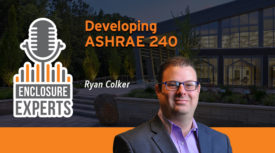

-Homepage.jpg?height=168&t=1680015975&width=275)
.jpg?height=168&t=1675017988&width=275)
